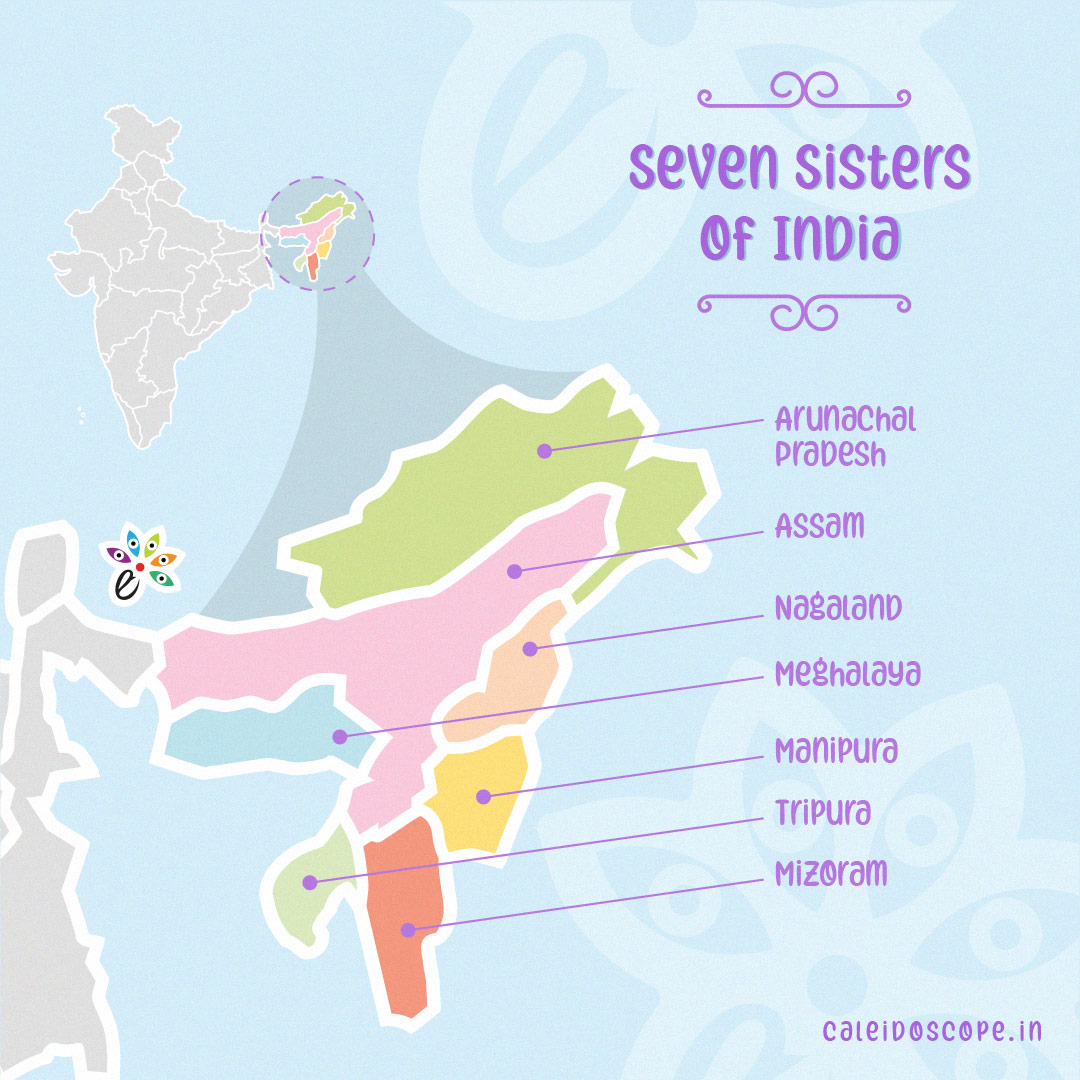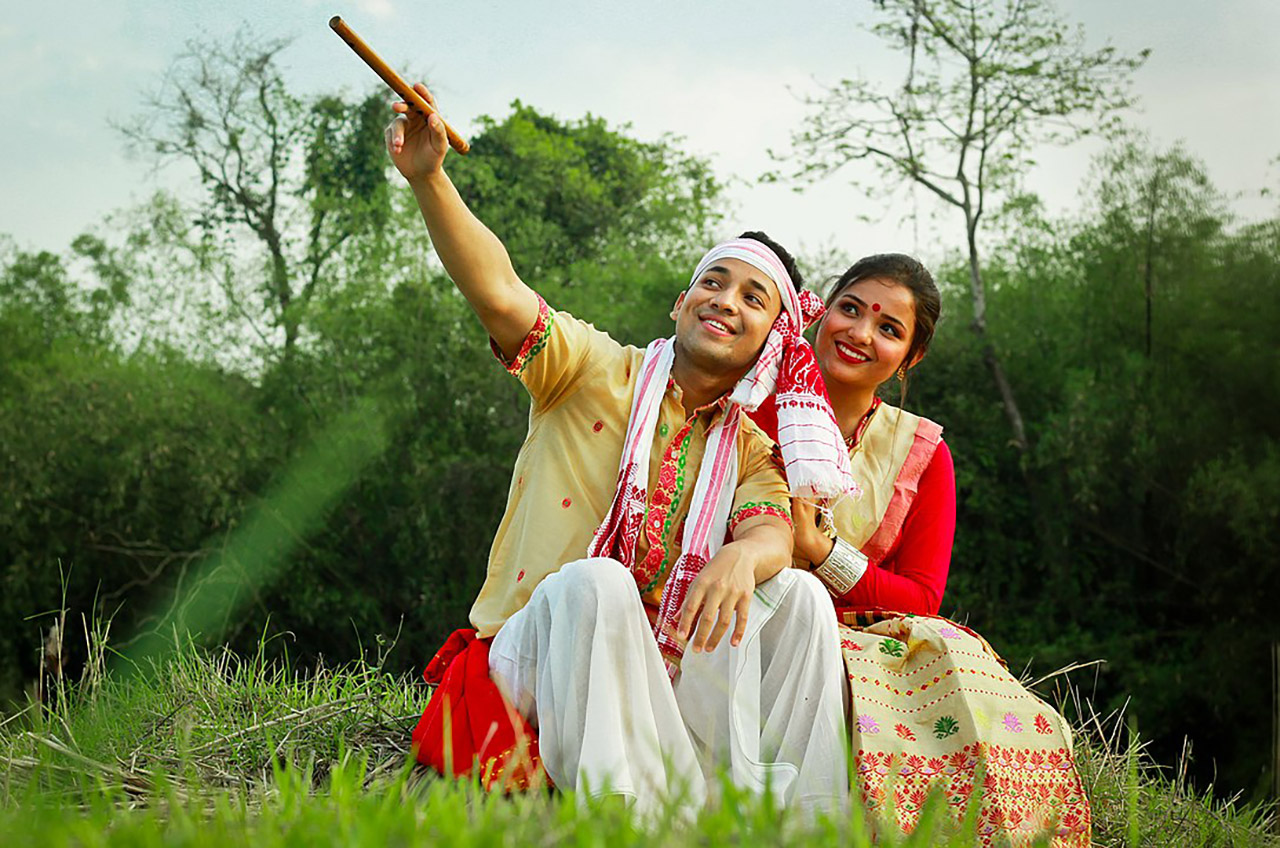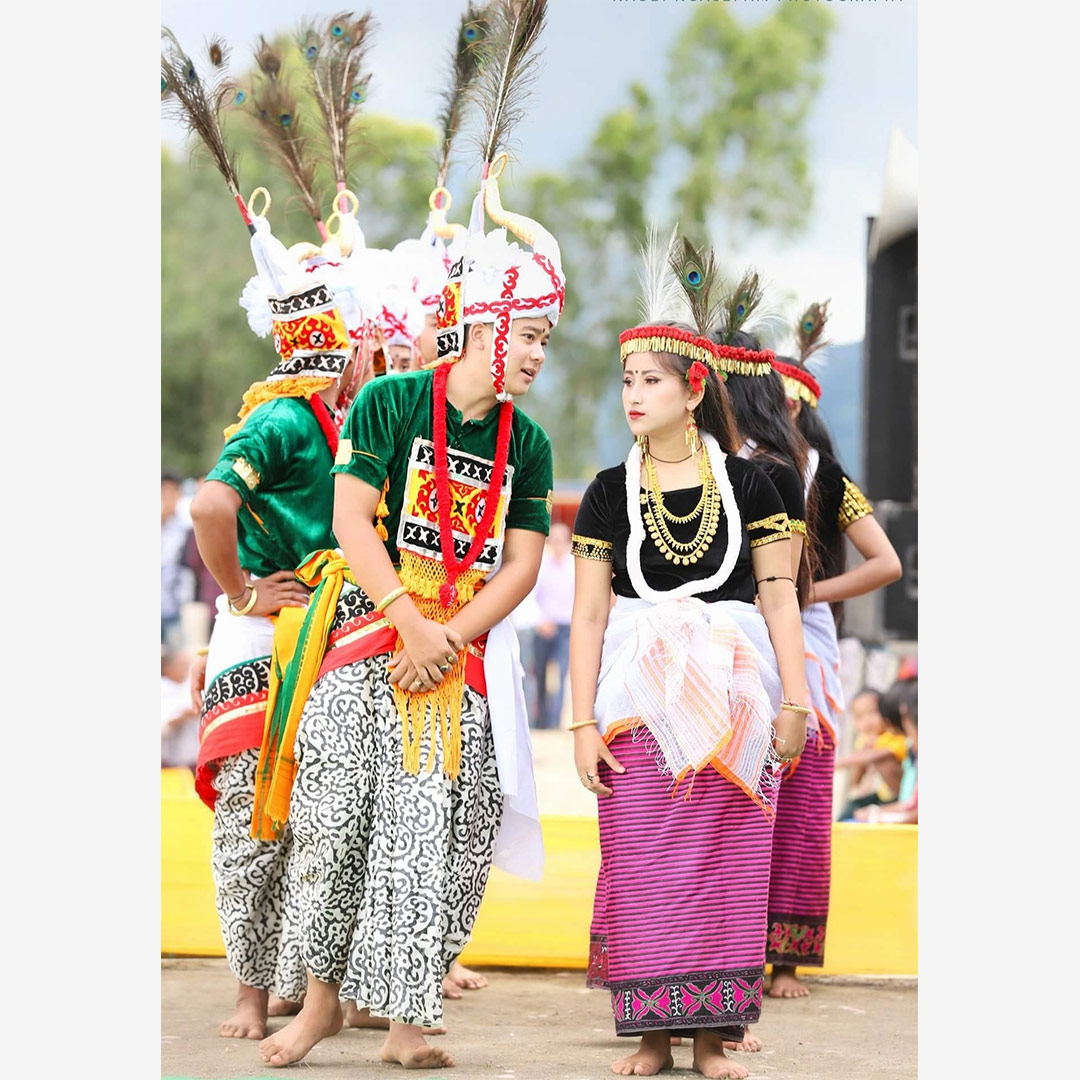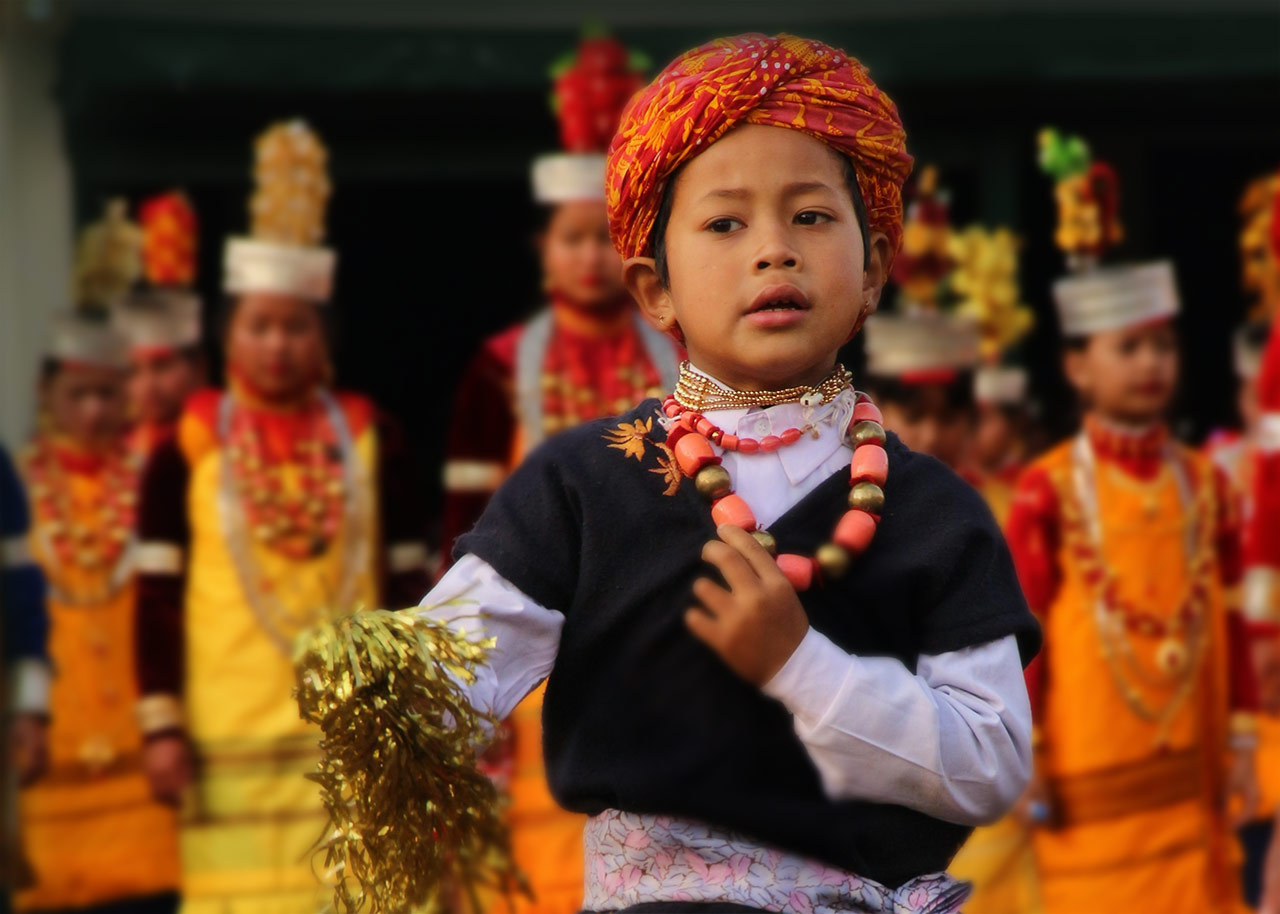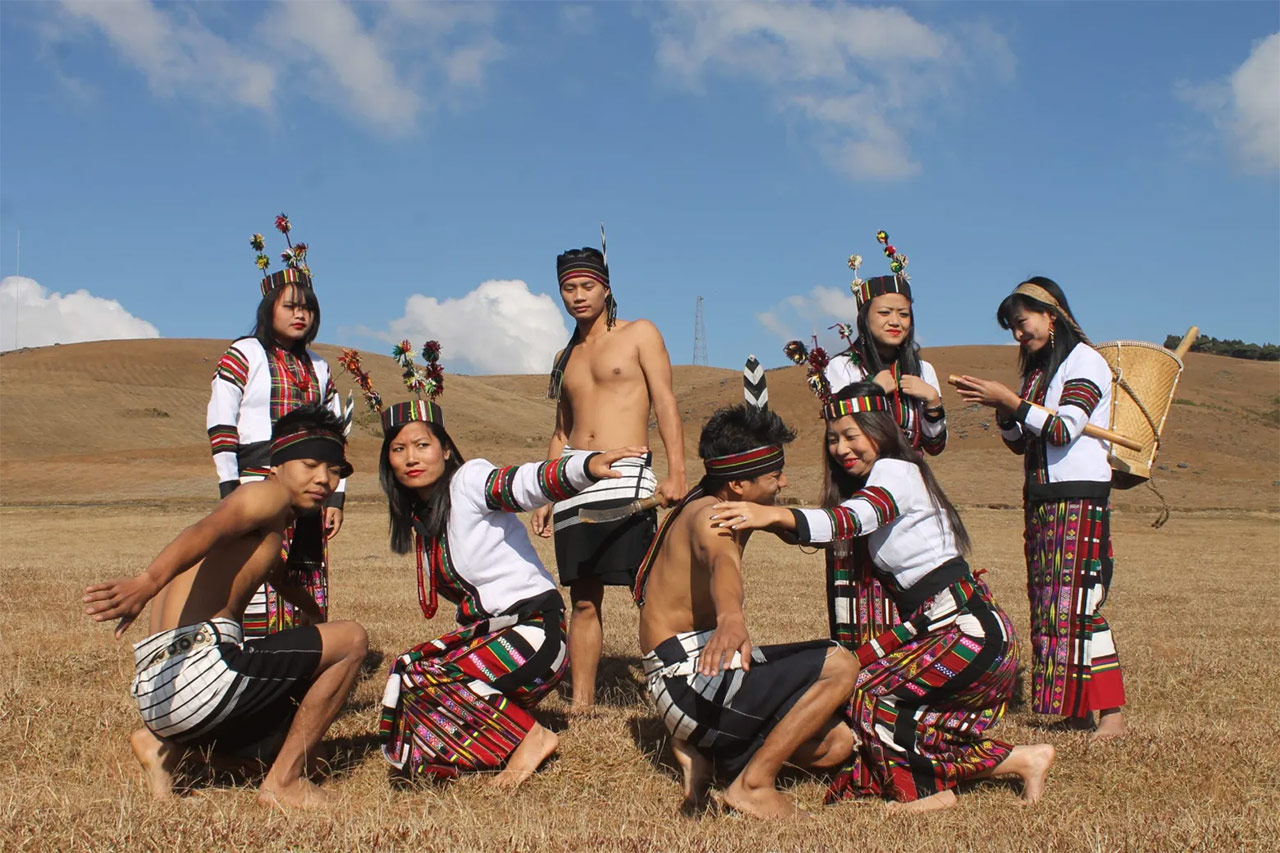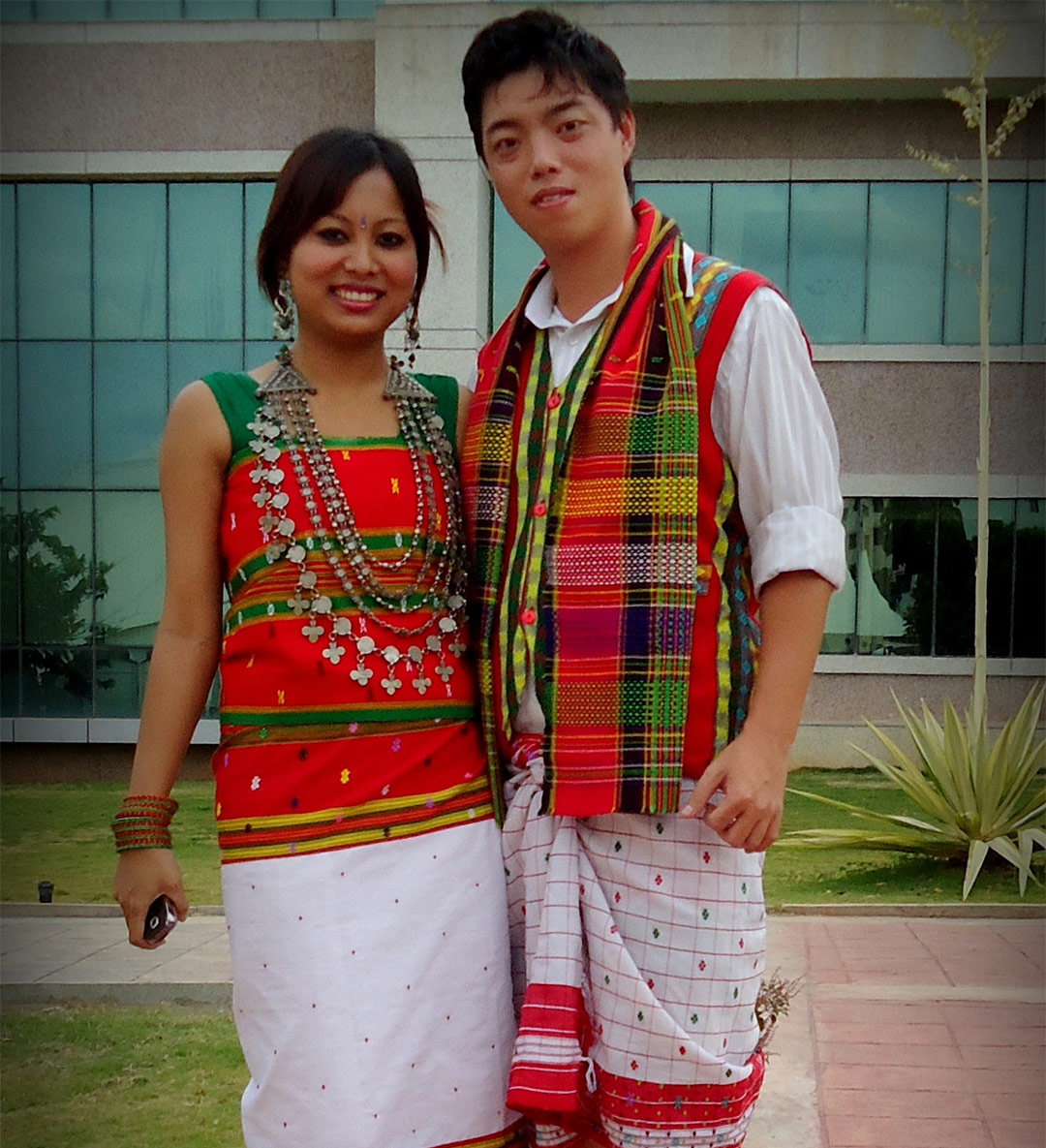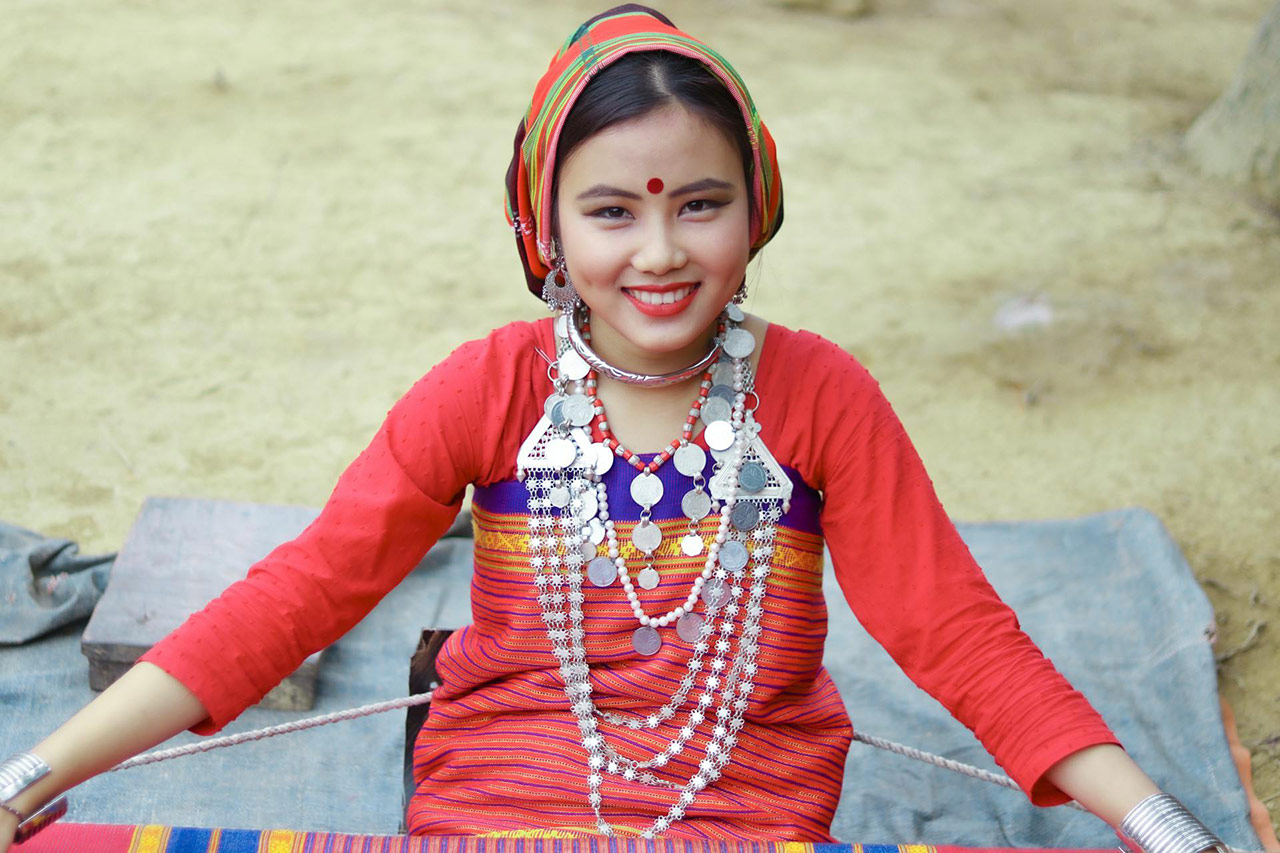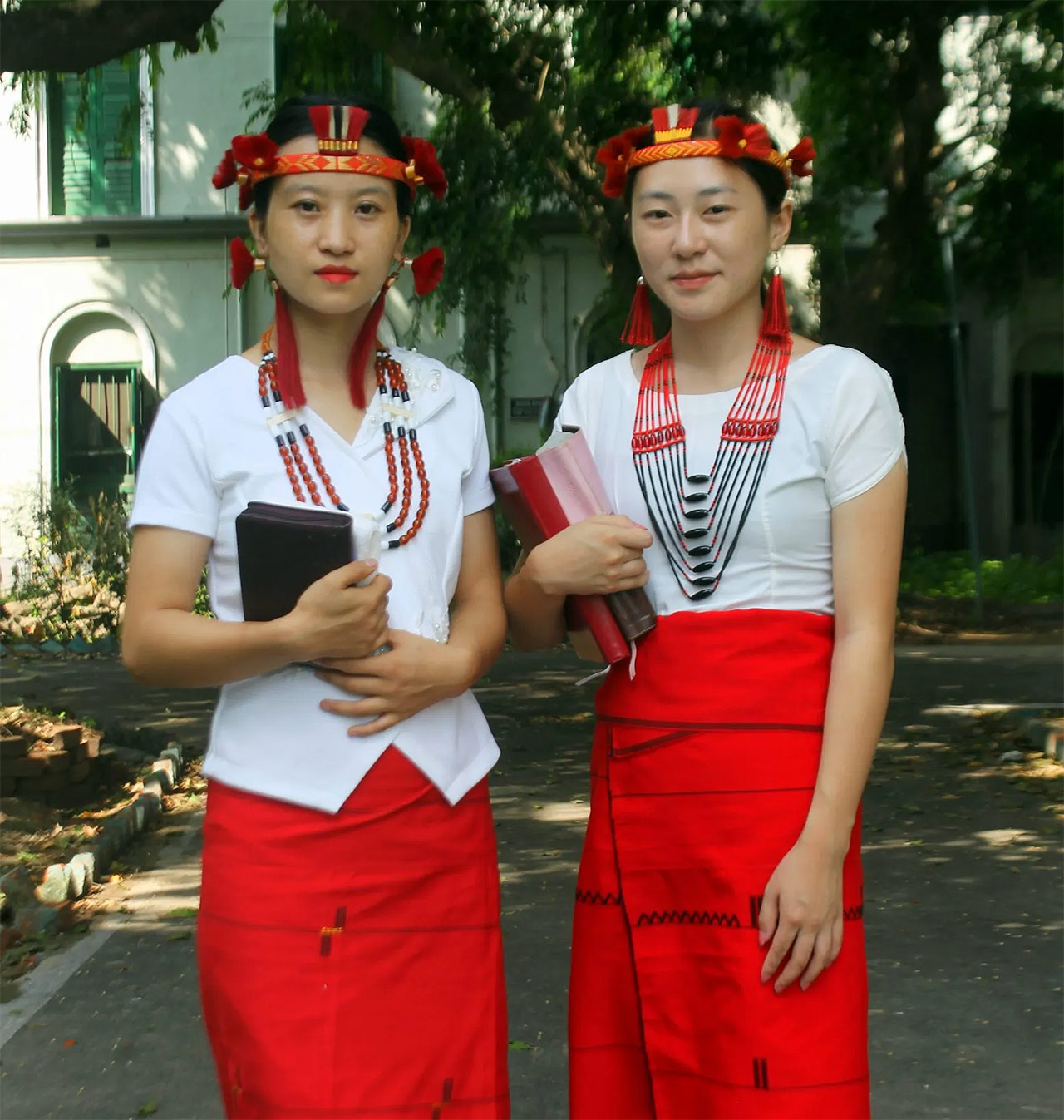
Loktak Lake located in the center of northeastern India is considered to be one of the most valuable and outstanding assets of Manipur. It is Extolled for its floating biomes, Faunal and cultural heritage besides being one of the Natural wonders of the world, Loktak Lake is among the wonders of nature. In this essay, the focus will be on the geographical description of Loktak Lake,. the conservation importance of the lake, cultural value, economic value, and problems facing the Lake before coming up with the conclusion that the conservation of the lake needs to be preserved.
Geographical Features of Loktak Lake

Loktak lake is the biggest freshwater lake in northeast India such as Manipur, and is situated in the Bishnupur district. Being a freshwater body the lake has an approximate surface area of 287 square Kilometers but may vary depending on the seasons. It mainly draws its water from the Manipur River and other small streaming water bodies. Shore’s depth of the lake can be from 0 to 35 meters depending on the area of the lake. 5 to 4. 5 meters, with an average depth of about 2, continuously the slopes of the dunes decrease, till reaching an average of one meter. 7 meters.
The most unique element will be the floating biomass called the ‘phumdis’ consisting of a sylvan structure of vegetation and earth suspension. These phumdis are stratified in terms of thickness and density and hence form a micro ecosystem in the lake. The largest phumdi that assimilates tourism facilitates the Keibul Lamjao National Park, which is the only floating National Park across the globe.
Ecological Importance of Loktak Lake

Loktak Lake is one of the prominent areas for plant and animal species. For instance, the flora in the lake comprises more than two hundred and some species of aquatic plants while the avian life in the lake is estimated to be over one hundred species of birds, and the fish and invertebrate of the lake are also plentiful. Some of the fauna located in Loktak include the sangai deer or the brow-antlered deer or the dancing deer which is one of the endangered mammals.
Thus the aspect of biodiversity plays a major role in supporting the ecological balance within the lake. This habitat is also home to various migratory birds and therefore it is one of the most preferred regions for bird researchers and bird watching lovers. Inequalities, underwater plant life that grows in the lake also plays the part of water purification as well as cycling of nutrients in the aquatic environment to support the health of the lake.
Loktak Lake Cultural Significance

Loktak lake is said to symbolically represent the history or the culture of that locality. It is closely related to such aspects as traditions, fairy-tales and ways of people dwelling nearby. It has been considered central to the Meitei state, the largest ethnic group in Manipur; the people have been carrying out several rituals and sacrifices in order to please the lake.
It also acts as an inspiration to the local artists, musicians and writers to incorporate the lake in their production. Techniques used in fishing include the use of bamboo fishing traps and traps made from reed and many communities have continued to practice traditional fishing. The phumdis that float are indeed used in the construction of temporary homes, which is a testimony of the creativity of those inhabitants.
Suggested Read: Unique Schools in India : Taking Education to The Next Level
Loktak Lake Economic Value

Economically, Loktak Lake provides the people of Manipur with a lot of benefits and hence the lake remains a potential economic resource. This supports a number of livelihoods, and majorly it is fishing and agricultural business. Fish is also available in the lake in plenty serving the population’s protein needs and also the economy through fishing business. Fishing is done using conventional methods that are environmentally friendly and also preserve the culture of the fishermen. Besides fishing, the surrounding areas of the lake are engaged in agricultural practices and some crops like rice which is the main cuisine in Manipur is grown round. The spaces in the phumdis, due to the soil available there, are sometimes utilized for cultivation of vegetables and other crops that adds to the economy.
Tourism is another area that defines the economic utility of Loktak Lake. Local attractions are the floating islands and Keibul Lamjao National Park and this causes many locals and international tourists to visit. Various activities such as boating, bird watching, and eco-tourism help in the economic returns of the area apart from creating employment for the people.
Loktak Lake Environmental Challenges

Nevertheless, there are some environmental issues that threaten the ecological and, therefore, economical importance of Loktak Lake. Threats include pollution mainly from ; agriculture; domestic waste; and industrial activities that have threatened the lake environment. Collection of pollutants impacts on the deterioration of water quality thus affecting aquatic life and human health.
Thus, threats of encroachment and development close to the lake and its fringes are threatening the quality of the habitat and the natural canopy. The problems in Loktak Lake due to Ithai Barrage built in as part of the Loktak Hydroelectric Project, 1983 cannot be undermined. It is explained that the barrage affects the hydrological cycle and is very detrimental to the formation of the phumdis and the dependents thereof. Some aquatic species like the water hyacinth have tremendously grown in this lake causing obstruction of water channels and affecting the balance of the aquatic life. Climate change is another threat, as it defies the normal changing weather patterns leading to rise in temperatures and even changes in the rainfall, this has the potential to bring about changes to the water balance and the Lake biology and ecology.
Loktak Lake Conservation Efforts

Due to the understanding of the significance of Loktak Lake, measures have been taken to protect it and its environment as well as its history. The local administration through the Loktak Development Authority (LDA) which has been formed by the Manipur Government has the responsibility of management and conservation of the wetland. It also uses methods to prevent pollution, appropriate fishing practices, and proper patterns of tourism. Conservation is important and Keibul Lamjao National Park which was declared as the national park in the year 1977 is an important part of this program. The objective of the proposed park is the conservation of the highly endangered Sangai deer and other bio-diversity and the indigenous phumdi vegetation. These include conservation of the physical environment, controlling of poachers, and involving the community in conservation plans.
People are participating in the conservation of the environment in those areas. Local and international CSOs and INGOs’, LDA and other stakeholders play crucial roles in creating awareness on environmentally sustainable practices. Certainly, concepts like homestays and guided tours introduce new sources of income for the inhabitants of given territories, and at the same time, raise awareness of environmental protection among tourists. Local communities and appropriate governments are not the only ones who support the protection of Loktak Lake; global bodies and research organizations also play an important role. Joint initiatives concern objective-based analysis and evaluation, as well as development of assessment capabilities for the Lake’s stewardship improvement. Such attempts are being made to ensure there is sustainability by promoting ecological use and at the same time addressing the socio-economic aspects of the SADC communities.
Conclusion

Loktak Lake cannot thus be reduced to geographical register; it can be interpreted as the latter is an Li, or a living being that forms the interface between the natural environment and human societies, thus it is one of the exquisite destinations in Manipur and stands as a pride for the natural wealth of the region. However, the said lake has overtime been exposed to numerous challenges that pose danger to the ecological structure as well as the people who rely on the lake.
People of Loktak, the government of Manipur, national and international organizations are privileged to be stakeholders in the conservation of Loktak Lake; it would be relevant to enhance community participation in the conservation program. The indicated strategies, which imply the complex and integrated use of the area, allow considering the phenomenon of this nature as a valuable object aimed at the development of sustainable tourism and the protection of cultural heritage for subsequent generations.
Thus, the Loktak Lake can be classified as one of the miracles that nature is capable of creating. It just gives people a reinforcement of the fact that we must try to preserve the earth and its natural assets and the point that all people are to unite with an aim to dealing with the existing ecological problems. Even the problems associated with Loktak Lake’s conservation are not merely an Indian or South Asian issue; it is the cardinal social responsibility to protect the planet’s valuable ecosystems and the culture they foster.





































